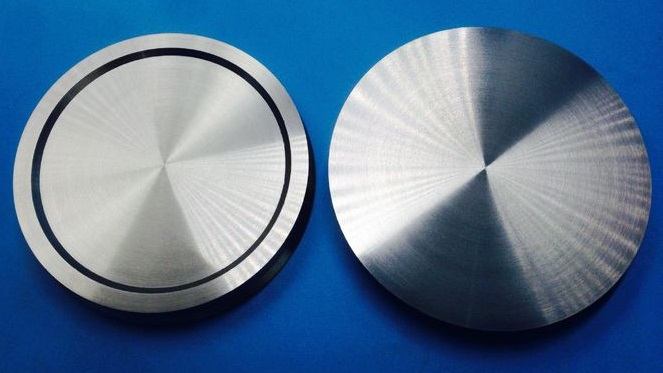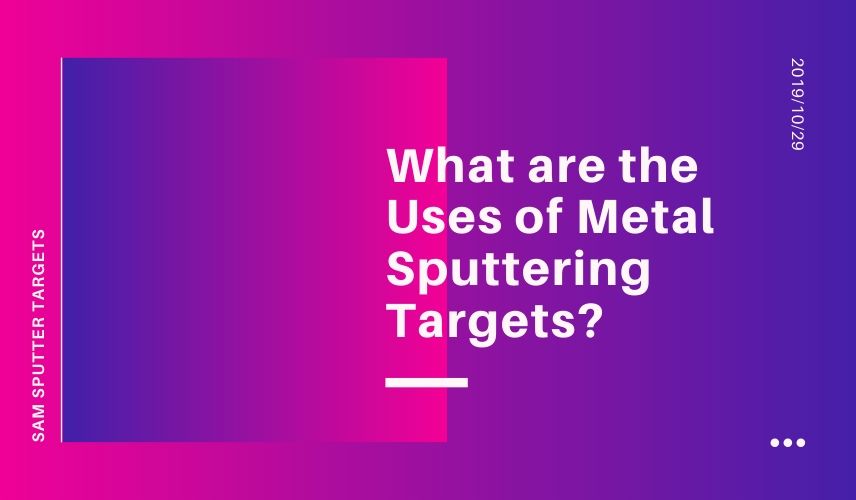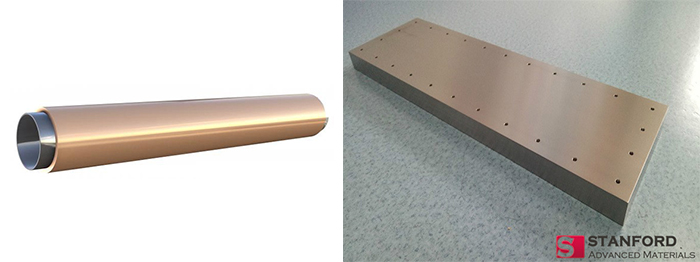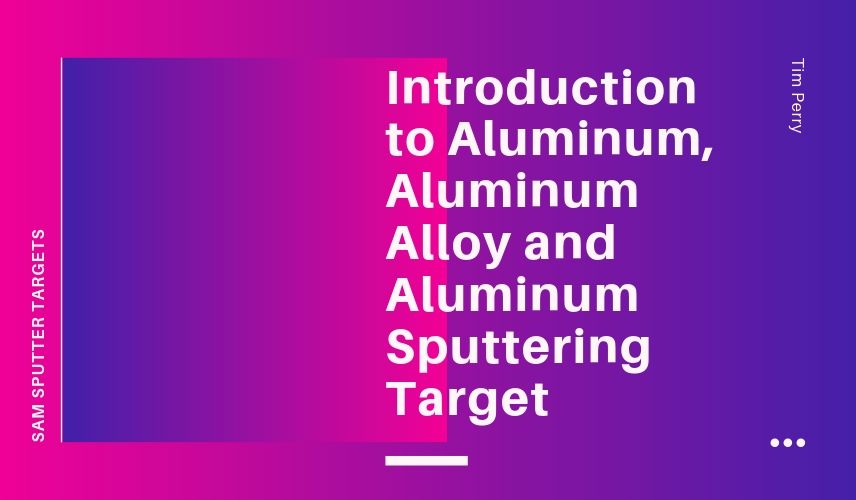What is the “target”?
The target refers to the target material. They can be used in high-energy laser weapons; different power densities, different output waveforms, and different wavelengths of lasers can have different killing effects when interacting with different targets. Another major use for them is for sputtering in physical film coating.
What is the “sputtering target”?
Magnetron sputtering coating is a new type of physical vapor deposition method, and its advantages in many aspects are quite obvious compared with the earlier evaporation coating method. As a relatively mature technology that has been developed, magnetron sputtering has been applied in many fields. Sputtering targets serve as source materials in magnetron sputtering coatings.

What are the application areas?
1: Microelectronics field
2: Target for flat panel display
3: Targets for storage technology
Sputtering materials are mainly used in electronics and information industries, such as integrated circuits, information storage, liquid crystal displays, laser memories, electronic control devices, etc.; they can also be used in the field of glass coating; they can also be applied to wear-resistant materials, high temperature corrosion resistance, high-grade decorative products and other industries.
The technological development trend of target materials is closely related to the development trend of thin-film technology in the downstream application industry. As technology in the application industry improves on film products or components, target technology should also change. In recent years, flat panel displays (FPDs) have largely replaced the market for computer monitors and televisions, which are mainly cathode ray tubes (CRTs), and will greatly increase the technical and market demand for ITO targets.
Stanford Advanced Materials (SAM) Corporation is a global supplier of various sputtering targets such as metals, alloys, oxides, ceramic materials. For more information, please visit https://www.sputtertargets.net/.




